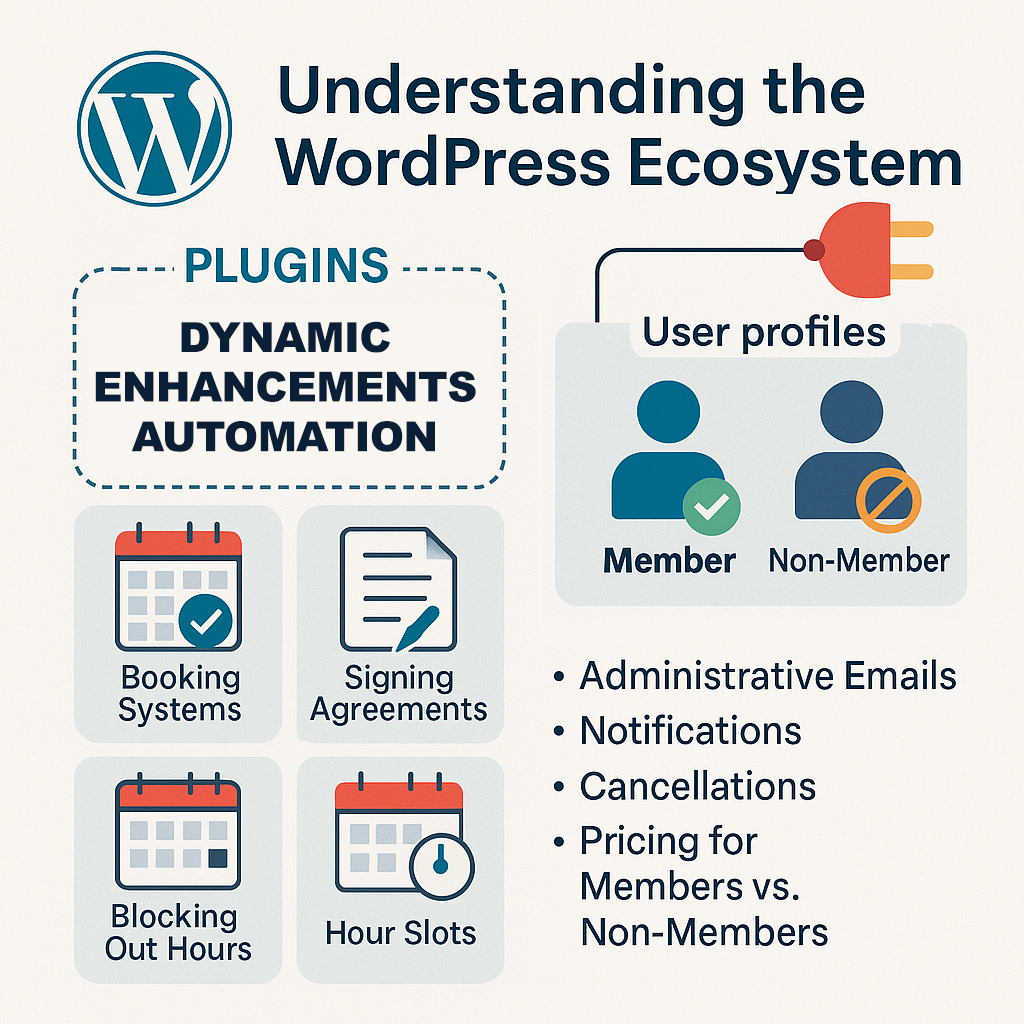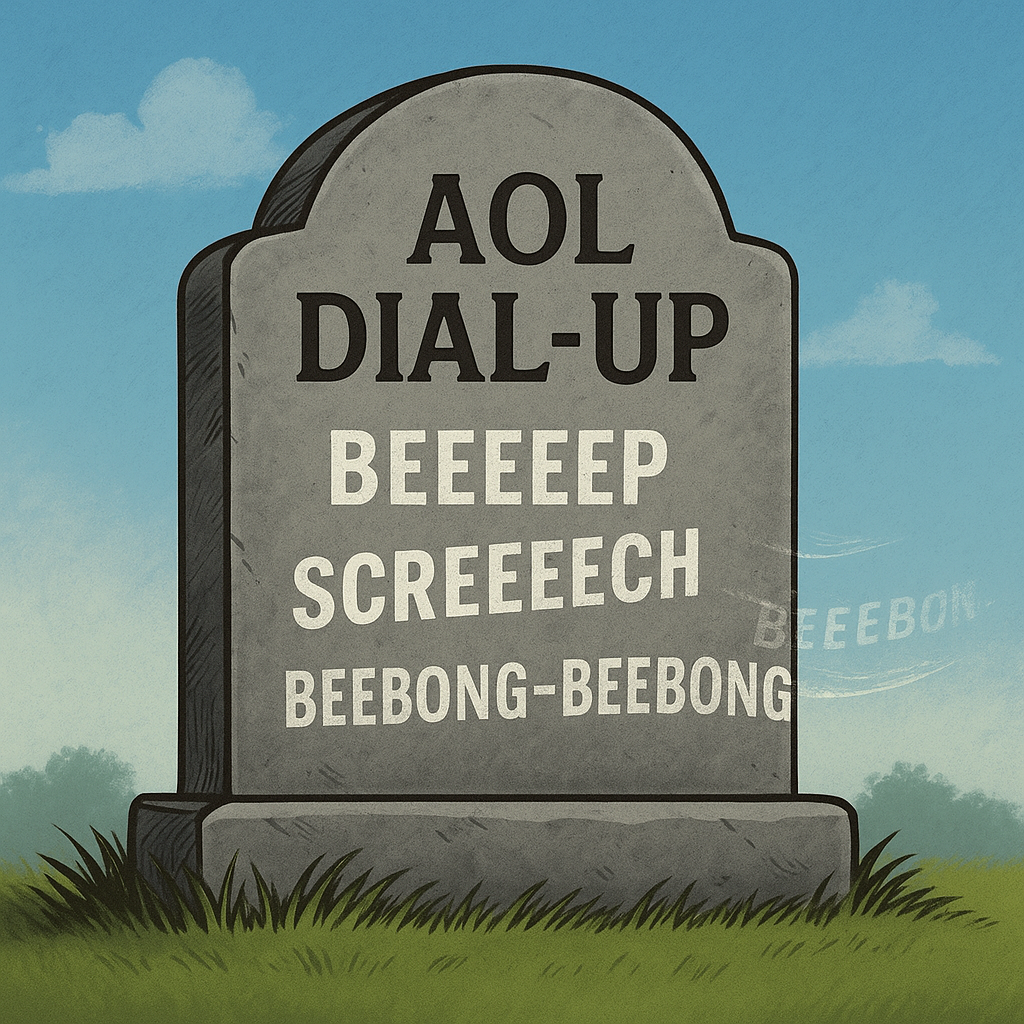Should You Display an Email Address as a Clickable Link on Your Website?
Weighing the Pros and Cons for Online Communication
In today’s digital landscape, website usability and security must be carefully balanced—especially when it comes to how you allow visitors to contact you. One common question is whether or not to display an email address as a clickable “mailto:” link on your website. This article explores the pros and cons of doing so to help you decide what’s best for your business or organization.
Pros of Displaying an Email Address as an Active Link
1. Simplicity and Convenience for Users
A clickable email link (e.g., mailto:in**@*****le.com" data-original-string="X2VpxU4suHOaDe9IVQYM3Q==099LLT2UA2twDpC8ctiB5/2L0Ffb5Kk/abO7EBdCRBZfIuqPDturT6k2QbcsK+x+xCKwPl8Z67NB7DmVUcOaYmaxoS1PkN+CgMF97Hi9d8SHf0RBq+zY+azqID/E95Sk+MJK5+G7qONWY4hfXpG27KwXft2rAd1rnhM84T7w4Y9d896LfVt6kEBvx4lLXinQruqfDFXDoamUwHMvHBqbSUNDukTEm+h4qvv1Qi1Q6zwrvbACgw8GCl2MHMbUGcWHinyTcnRlqsmLeDAC4Ip9mhT6SpDX8T8b5olD81by2mxDUCx9aZfEHq/+vld3DJQ0N65i7g+EKjKFWu6OOi+ooVNgg==" title="This contact has been encoded by Anti-Spam by CleanTalk. Click to decode. To finish the decoding make sure that JavaScript is enabled in your browser.) makes it easy for users to contact you. With a single click, their default email client opens with your address pre-filled—no copying or pasting needed. This is especially helpful for non-tech-savvy users.
2. Encourages Direct Communication
Some visitors prefer sending an email over filling out a contact form. By providing a direct link, you’re offering a familiar, straightforward method of contact, which may improve engagement.
3. Fast Setup
Implementing a mailto: link requires very little time or technical knowledge. It’s often seen as a quick way to get a website up and running with essential contact options.
Cons of Displaying an Email Address as an Active Link
1. Increased Risk of Spam
One of the biggest drawbacks is that email addresses in plain HTML can be harvested by spambots. These automated tools scrape websites for email addresses, leading to a flood of unwanted spam or phishing attempts.
2. Lack of Structure in Incoming Messages
With direct email links, users decide what to include in the subject or message body. This often results in vague, incomplete, or irrelevant inquiries. Contact forms, on the other hand, can be customized to collect specific information upfront (e.g., service interest, preferred contact time, budget).
3. Poor Mobile and Accessibility Experience (Sometimes)
While many modern devices handle mailto: links well, not all users have email clients configured on their devices. Clicking the link may do nothing or produce an error—creating friction rather than a seamless user experience.
4. Less Control and Tracking
Contact forms often integrate with CRMs, email marketing tools, or analytics platforms. With a direct email link, you lose the ability to track form submissions, measure conversions, or apply automated follow-ups.
Best Practice Recommendation
If you must use a visible email address, consider these protective steps:
-
Obfuscate the email address with JavaScript or CAPTCHA protection.
-
Use a contact form and link to it instead of showing the actual email address.
-
If showing the email is necessary, at least consider placing it behind an image or using a character substitution method (e.g., info [at] example [dot] com) to deter bots.
Conclusion
While displaying a clickable email address on your website can improve ease of use, the trade-offs—especially around spam and lack of message structure—should not be ignored. For most modern websites, a secure, well-designed contact form offers better protection, more control, and a smoother user experience.





